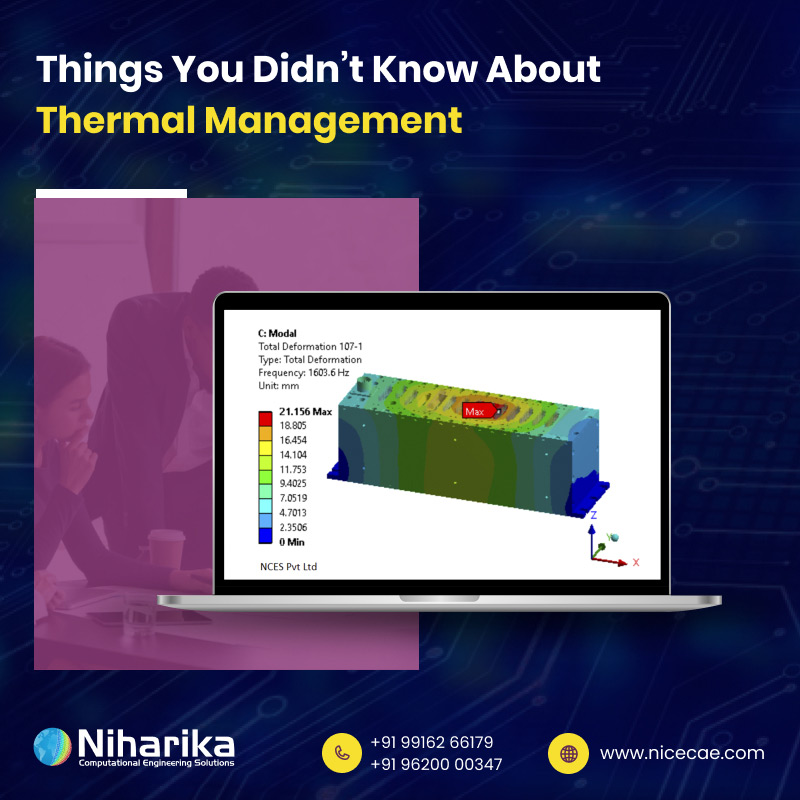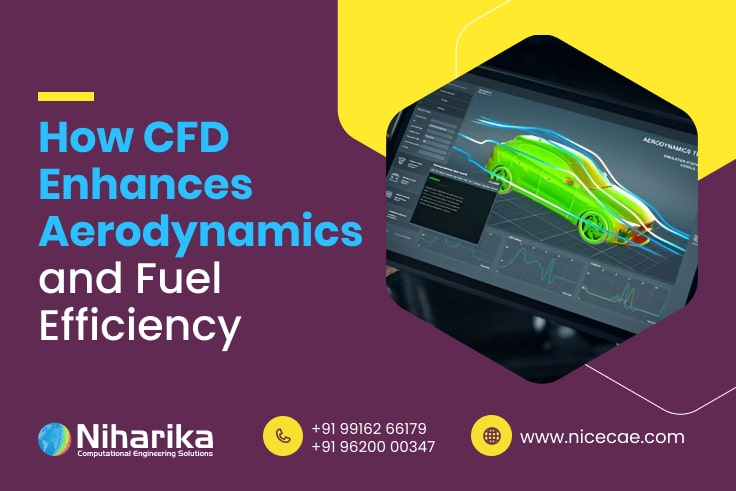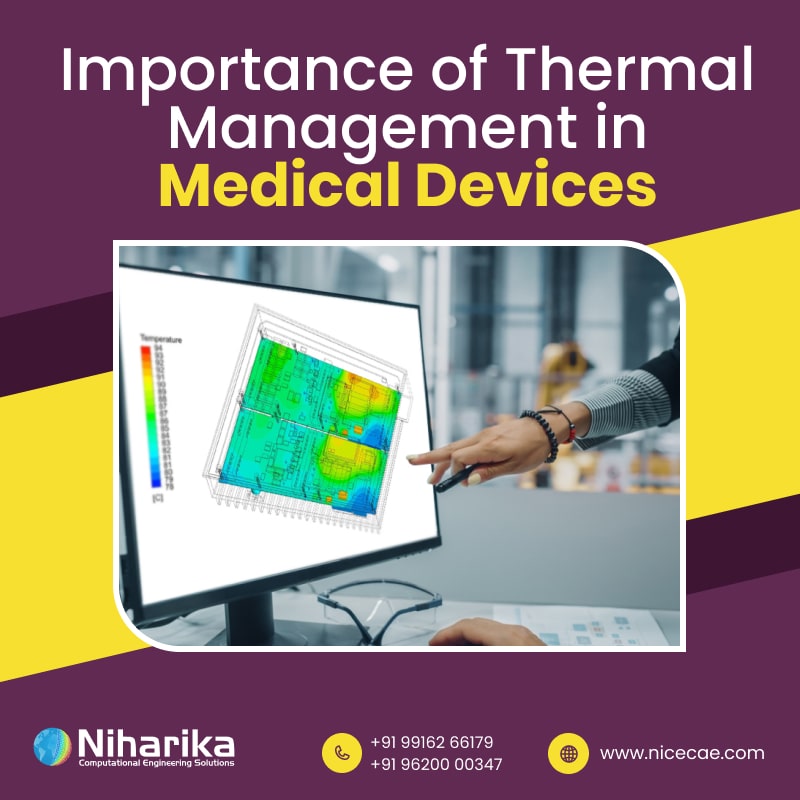Contemporary electrification trends influence products to include more compact and powerful electrical parts. Consequently, it leads to more thermal management challenges for ensuring performance and lifespan. Furthermore, product designers and manufacturers are required to ensure optimized heat source temperatures so that these devices can function efficiently. And the best way to optimize the temperature of a device is with a thermal management solution.
What is Thermal Management?
The basic definition of thermal management is managing heat inside a system to maintain safe and efficient operation. A thermal management solution entails designing and implementing methods that enhance conduction, convection, and radiation to dispel extra heat.
Thermal management is essential for several devices and systems, mostly electronic devices like high-performing computing systems, power plants, vehicles, imaging systems, and others. Hence, the absence of proper thermal management in devices can lead to overheating, reduce lifespan, and even cause damage to the device parts.
Some effective thermal management techniques include fans, heat sinks, and liquid systems.
Thermal Management Components
Heat sinks, fans, and Peltier modules are three typical methods for cooling electrical devices. Each may be utilised independently, but when combined, they have a bigger impact.
Heat Sinks
Heat sinks come in a variety of forms and sizes. They are used to increase the efficiency of convection cooling by lowering the thermal impedance between the devices to which they are coupled and the cooling medium, which is typically air. They do this by expanding the convection surface area and using a material with a lower thermal impedance than standard semiconductors. Heat sinks are inexpensive and seldom fail or wear out, although they do tend to increase the volume of the electrical systems they cool. Heat sinks are frequently combined with fans as passive components to more effectively transport dissipated thermal energy away from the system.
Fans and Blowers
Fans and blowers come in a broad range of forms and sizes, with several power options. The main parameter is the amount of airflow they can produce, which is commonly measured in cubic feet per minute (CFM). As part of a feedback-based control system, certain fans and blowers incorporate controls that allow their speed to be modified to fit current cooling demands. Fans aid in cooling, but designers must be mindful that they need electricity and, in certain cases, control circuitry. Fans, unlike heat sinks, may be loud and have moving components, making them more prone to failure.
Peltier devices
Peltier devices are semiconductor components that transmit heat from one side of a module to the other by using the Peltier effect. Peltier devices require energy to transport thermal energy, which adds heat to the system. Hence, they are best utilised in conjunction with heat sinks and fans. Peltier modules, on the other hand, can provide accurate temperature management and can cool electronics below the ambient temperature. They, like heat sinks, have no moving components, making them flexible and resilient in and of themselves, but they may have to be utilised in conjunction with fans, heat sinks, and control circuits, adding cost and complexity.
Importance of a Thermal Management System
The main reason for integrating thermal management into the design process is to avoid costly repairs and redesigns. There are strict regulations in many industries like aerospace, medical, e-mobility, and defence to include thermal management. Failing to abide by this rule can lead to legal action and even fines.
Ineffective thermal management causes higher energy consumption, which has a detrimental effect on the environment as well as the performance and longevity of the equipment. For sectors like data centres and high-power computation, this is a key design concern. Energy consumption may be reduced by designing equipment with thermal management in mind, resulting in a more sustainable end product. At the same time, you will use fluid dynamic consulting service to calculate the heat transfer through conduction, convection, and radiation through solid and fluid bodies.
Moreover, touch temperature is a significant factor when it comes to the user experience of a device. Nobody likes to hold a device or component that is hot to the touch. It increases the risk of injuries like burns for the consumer. As a result, it causes negative media coverage, ruins reputations, and adds legal liabilities.
In order to guarantee dependable and secure operation, compliance with legal requirements, cost savings, environmental sustainability, and brand reputation, thermal management should be a crucial component of the design process.
Top Thermal Management Techniques
In contemporary times, most systems use a combination of thermal management techniques, and the solutions are classified as per the main cooling process utilized in the system. The kind of convection in the cooling system and the working fluid are typically used to categories things.
Liquid Cooling, Air Cooling, and Two-Phase Cooling
Based on the working fluid, thermal management techniques are classified as air cooling, liquid cooling, or two-phase cooling. While air cooling is frequently the most straightforward and cost-effective solution, liquid cooling and two-phase cooling technologies allow for more efficient heat transfer and are better suited for high-performance applications.
However, liquid cooling can pose compatibility and maintenance issues, and two-phase cooling methods may necessitate extra design considerations for regulating the vapour-liquid interface. The optimal thermal management solution is determined by the demands of the application and the trade-offs between performance, cost, and complexity.
Conduction Cooling
Conduction cooling solutions are those that do not need any fluid. The thermal conductivity of materials is used in these thermal management methods to effectively move heat away from a source. Most air, liquid, and two-phase systems have some amount of heat conduction within their components but rely on fluid movement to transmit heat more substantially.
Conclusion
A thermal management system is characterized as either natural convection (passive solution) or forced convection (active solution) based on the kind of convection. Natural convection, which occurs owing to temperature variations between the heat source and the surrounding environment, depends on the natural movement of air or liquid around a heat source to disperse heat. Forced convection, on the other hand, employs a fan or blower, a pump, or another mechanical device to circulate air or liquid around the heat source, boosting heat transfer and cooling efficiency.


.jpg)
 (1).jpg)
 (1).jpg)
 (1).jpg)
 (1).jpg)
.jpg)
(1).jpg)
(1).jpg)
.jpg)
.jpg)
.jpg)



.jpg)



.jpg)



.jpg)